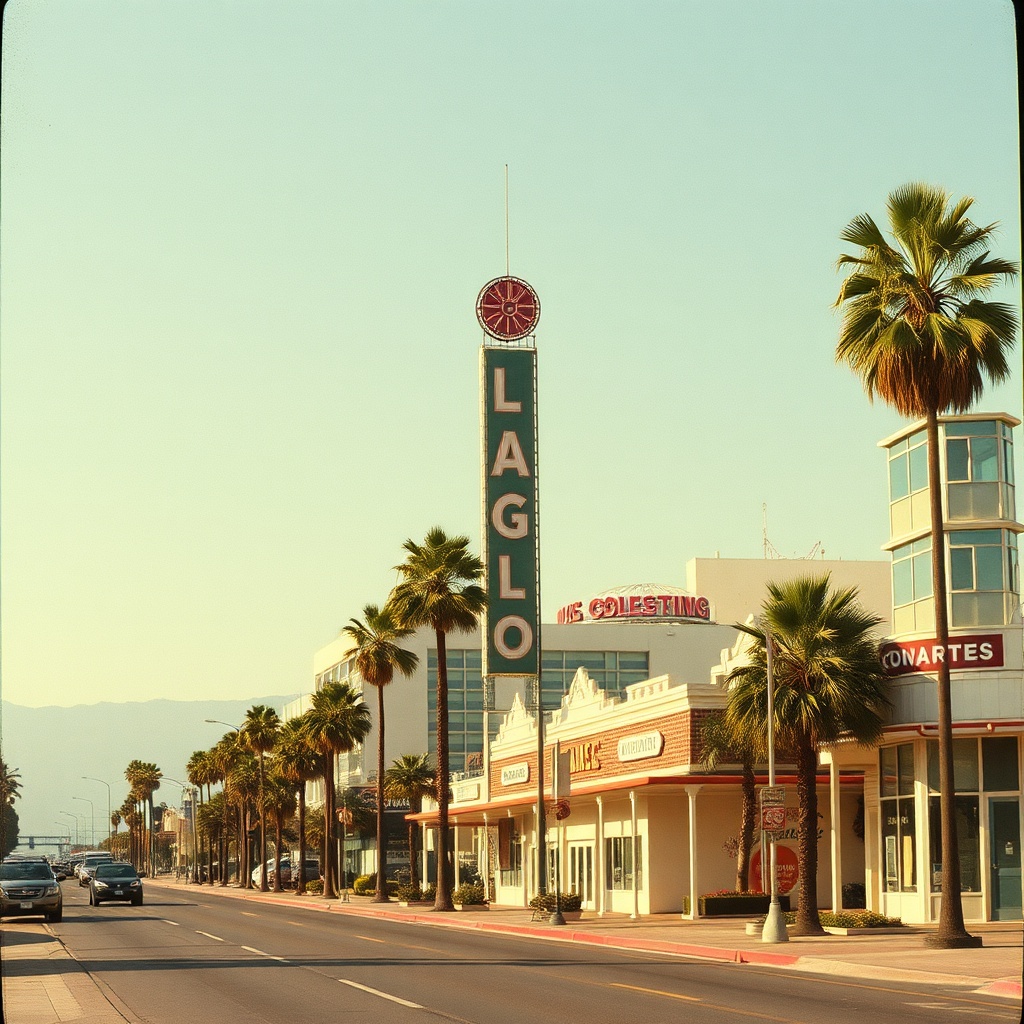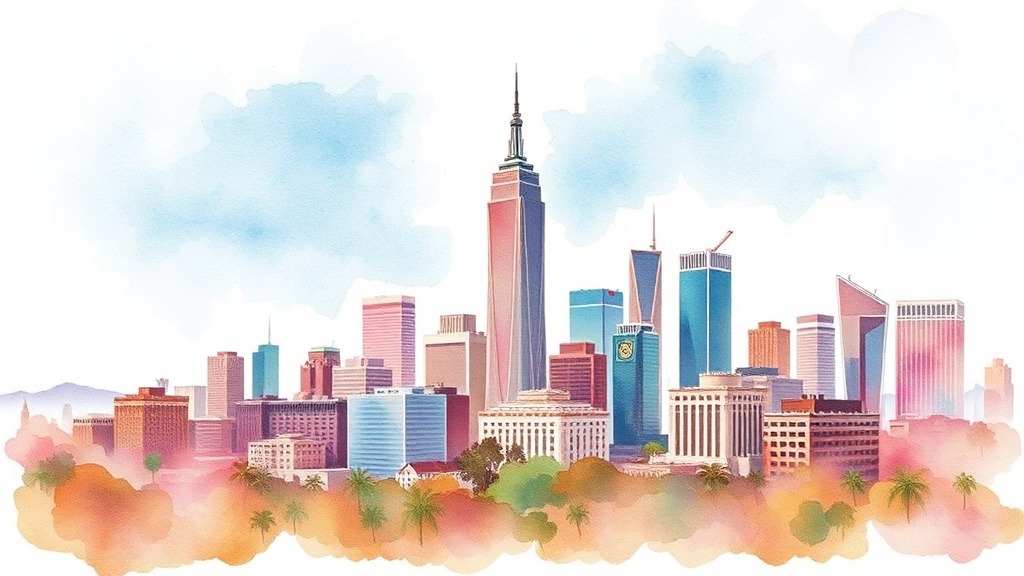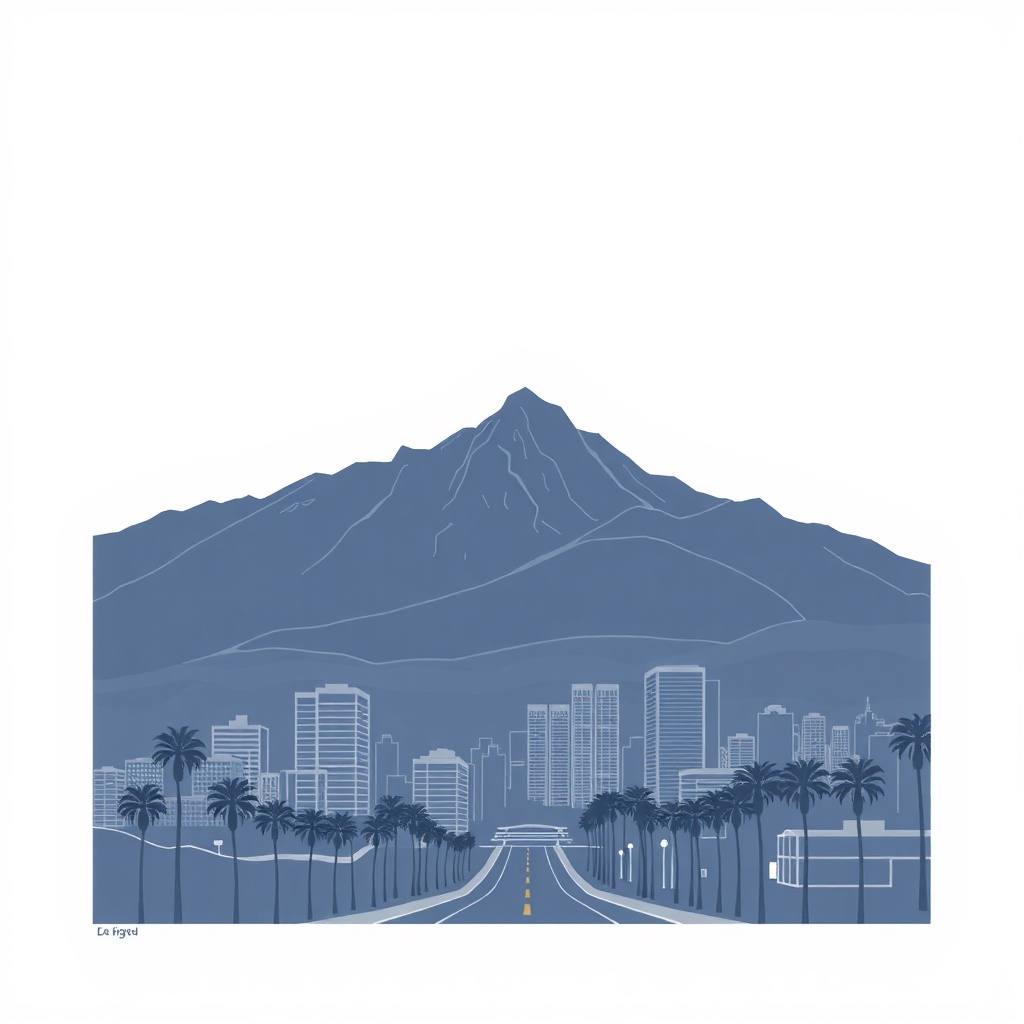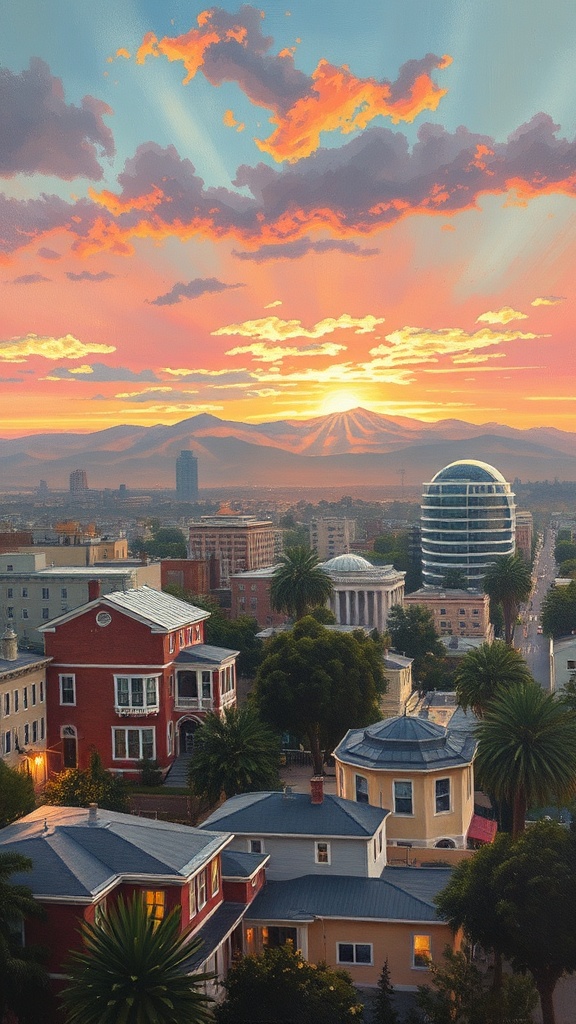Los Angeles keeps reinventing itself while staying true to what made it magnetic: diverse neighborhoods, a creative economy, and an outdoor lifestyle. Whether you’re planning a visit or thinking about life here, understanding LA’s evolving transit, culture, and climate priorities will help you navigate the city like a local.
Getting around
Traffic remains a reality, but mobility options are expanding.
Metro rail lines plus frequent bus service now connect more neighborhoods, and major transit extensions are opening up access to formerly distant pockets of the city.
Rideshares, microscooters, and e-bikes fill short-distance gaps, and many neighborhoods are becoming more walkable with protected bike lanes and improved sidewalks.
For a smoother experience, combine transit with short rideshare legs or rent an electric bike for beachside cruising.
Neighborhood highlights

– Downtown (DTLA): A continuing hub for dining, nightlife, and adaptive reuse architecture. The arts and creative offices are concentrated here, plus new residential options cater to urban lifestyles.
– Koreatown and Wilshire: Food-forward with late-night dining and strong community life; great for culture and convenience.
– Silver Lake & Echo Park: Trendy, independent shops, coffee culture, and reservoir walks that attract creatives and young families.
– Venice & Santa Monica: Beach energy, outdoor fitness culture, and a thriving food scene. Santa Monica offers stronger public transit connections and a bustling pedestrian-friendly Third Street promenade.
– Northeast LA & Highland Park: Rising culinary scenes and vintage shopping keep these neighborhoods lively and accessible.
Outdoor life and climate
Mild Mediterranean weather encourages outdoor living.
Trails in the Santa Monica and San Gabriel Mountains, the LA River’s growing network of parks, and an expanding coastline trail system make outdoor recreation accessible from many neighborhoods. Wildfire smoke and drought are seasonal considerations; being prepared with air-quality alerts and water-wise landscaping helps protect health and property.
Culture and food
LA remains a global cultural capital. Museums, independent galleries, and street art scenes continue to flourish.
Food culture is defined by neighborhood authenticity: taco stands and Oaxacan eateries sit alongside Michelin-starred tasting menus and inventive fusion restaurants.
Farmers markets and food halls showcase hyper-local ingredients and small purveyors.
Living and working
The city’s economy is anchored by entertainment, tech, and creative industries. Flexible work arrangements have reshaped commuting patterns and neighborhood demand.
Housing affordability is a challenge across the metro area, prompting interest in accessory dwelling units (ADUs), co-living options, and transit-oriented developments.
Developers and communities are increasingly focused on resilient infrastructure and equitable access to services.
Sustainability and resilience
Water conservation, urban greening, and electrification of buildings are central policies shaping new construction and retrofits. Solar adoption and incentives for energy efficiency help homeowners and businesses lower costs and reduce emissions. Public-private partnerships continue to fund river revitalization and park creation that improve flood control and quality of life.
Practical tips
– Check real-time transit apps and air-quality alerts before setting out.
– Carry a reusable water bottle and sunscreen; neighborhoods vary in shade and park access.
– Explore beyond the tourist corridors—local coffee shops, neighborhood markets, and community events reveal the city’s authentic character.
– If considering relocation, research commute times across different times of day rather than relying on distance alone.
Whether you’re drawn by the beaches, the creative industries, or the neighborhoods that feel like small towns within a metropolis, Los Angeles offers a mix of opportunity and cultural richness that rewards exploration.








